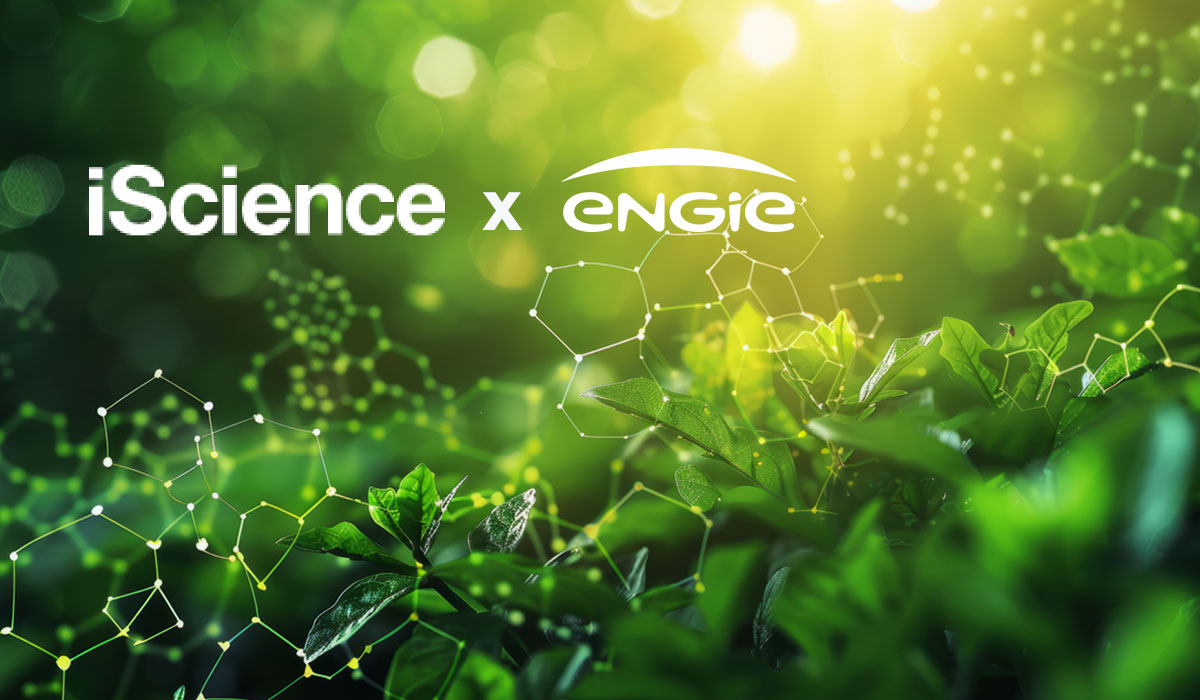Jan, could you start by giving us a brief introduction to ENGIE’s Scientific Council that prepared this report on carbon dioxide elimination techniques? ?
ENGIE’s Scientific Council is made up of 10 high-level scientific experts, most of whom also hold positions in the industry and are internationally recognised in their field.
Their mission is to share their scientific vision of society’s expectations and of technological, economic and socio-political developments.
They explore and analyse the subjects submitted to them by ENGIE and offer opinions based on their expertise and experience. Passionate about the energy transition, the members of the Scientific Council meet twice a year and the work is organised in a disruptive, multidisciplinary approach.
The work of the Scientific Council is coordinated by the ENGIE R&I Scientific Department.
On 10 April 24, we presented a study entitled “What are the critical technologies related to CO2 management in the energy transition?” in response to the question posed by Catherine MacGregor and her ExCom.
Can you summarise the key points of this report for us?

Today, we emit 40 gigatonnes of
CO2. To achieve the objective of limiting global warming to +1.5 degrees, we need to follow the red curve on the graph above and therefore be carbon neutral by 2050. But to get there, from 2030 onwards, we will have to start removing
CO2 from the atmosphere and storing it (the blue part of the graph).
This is in line with the assessment presented by the European Commission in February 2024, which recommended that by 2050, Europe should have reduced its greenhouse gas emissions by 90% compared with 1990.
Why do we need to remove carbon from the atmosphere when we are expected to emit no more carbon by 2050?
We already know that we won’t be able to stop emitting 100% of our CO2, and we estimate that there will still be 4 gigatonnes of CO2 emissions that we will have to offset. Today we emit 40 gigatonnes of carbon. If we plan to reduce emissions by 90% by 2050, that will still leave 10% of carbon emissions (i.e. 4 gigatonnes) that we will have to offset.
Offsetting means having technologies that can remove CO2 from the atmosphere and store it.
What technologies exist to capture carbon from the atmosphere and store it?
These new technologies are not yet very mature, but we have listed 13 of them and studied them in detail.
These technologies include:
- afforestation and reforestation, i.e. reforesting formerly wooded areas (< 50 years old) or planting new areas.
- Technologies such as Direct Air Capture and CCS (DACCS) capture CO2 from the atmosphere and store it underground. Some technologies propose to increase the level of CO2 in the soil, for example by ploughing less and/or leaving the biomass in the soil, thereby increasing the amount of carbon in the soil.
- Other technologies, such as the preservation and development of mangroves, also help to capture CO2.
On the various "Nature based solutions (NBS) to store carbon see the 2023 report on Emerging Sustainable Technologies by ENGIE Research & Innovation
There are a number of so-called geo-engineering technologies, some of which involve changing the pH of the ocean to make it less acidic, so that it can absorb and store more CO2 from the atmosphere. Other projects envisage fertilising the ocean so that it develops more algae (which also capture carbon through photosynthesis) and then sinking these algae to the bottom of the ocean to store the carbon.
On the various ocean-related decarbonisation techniques, see the 2024 report on Emerging Sustainable Technologies
In collaboration with the Scientific Council, we have ranked these technologies and assessed them to identify those they consider to be the most promising. We began by evaluating the maturity and potential of these technologies, taking into account their cost and ESG (environment, social, governance) performance. This method shows that geo-engineering technologies, such as ocean fertilisation, have a low ESG index, while afforestation and reforestation appear to be lower-risk solutions.
We also examined the effectiveness of the solutions in terms of CO2 storage time. For example, the CO2 stored in wood used as a building material only retains carbon for around a hundred years, whereas DACCS technologies aim to store carbon for over a thousand years.
By cross-referencing all these indices, we have arrived at the table above, which shows the ‘quality’ of these different technologies. DACCS technologies are ahead on the ‘quality’ index, an average between the ESG score and the estimated storage time.
Each year, once the results of the study have been communicated to ENGIE’s ExCom, we submit these parts of the study that are not only relevant for ENGIE but also for a wider audience for publication in a scientific journal. This year,
we are particularly pleased that our paper has been accepted in an iScience-level journal.Why is this article important?
Even if everyone thinks that this is still a long way off, it is clear that from 2030 we will have to start eliminating the carbon present in the atmosphere at the same time as reducing emissions.
Today, we have not yet mastered all these elements, and we don’t understand all the societal and environmental risks associated with these new technologies.
That’s why it’s important for ENGIE to have an opinion from our scientific council on the technologies that are the most promising today.
Our results underline the importance of a holistic approach to CDR (Carbon Dioxide Removal), taking into account not only technical feasibility but also environmental, social and governance impacts and storage time.
To achieve carbon neutrality by 2050, we will need to deploy some of these technologies. To do this, it is essential to determine which is the most effective before implementing a strategy that incorporates this technology.
This isn’t the first study you’ve published with the Scientific Council, is it?
No, it’s actually the second.
More specifically, we looked at how we could reduce our risk in terms of access to the materials needed for wind power, PV, batteries and electrolysers.
Can you tell us what the Scientific Council will be working on this year?
Yes, the subject is “The relationship between renewable carbon chemistry and energy: competition or symbiosis?”.
Although we cannot guarantee that broadly relevant parts of the study will again be published, we will do our utmost to ensure that it is.


